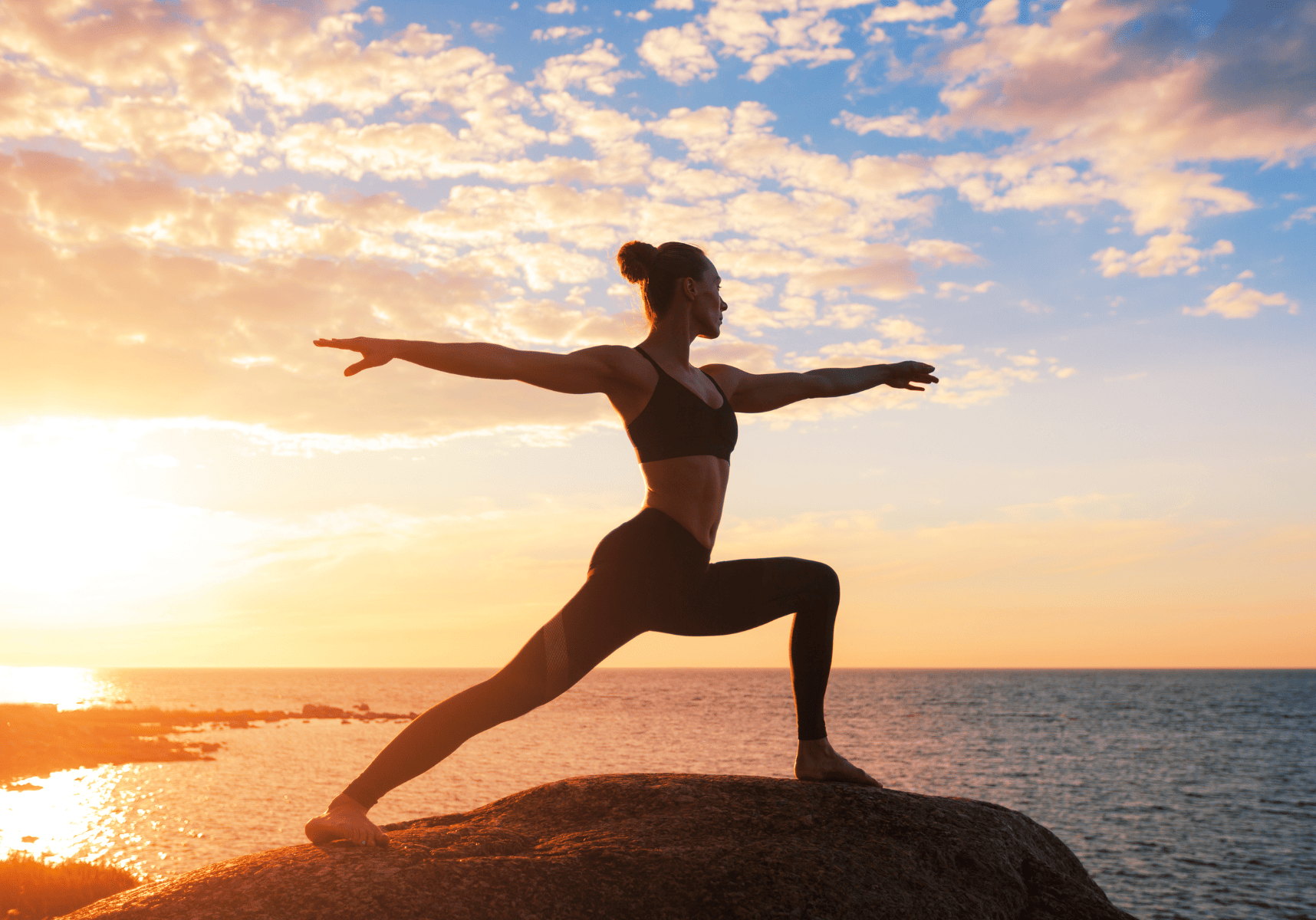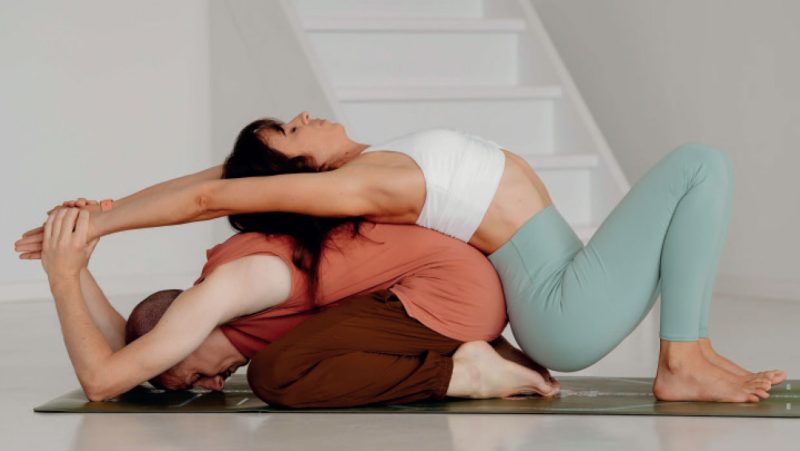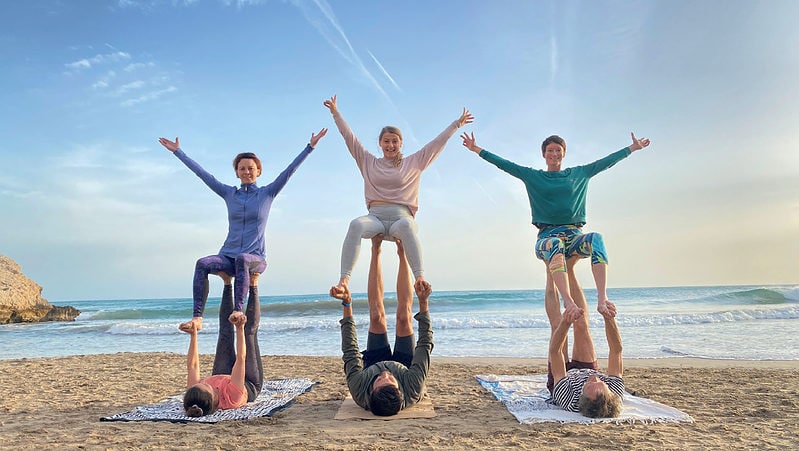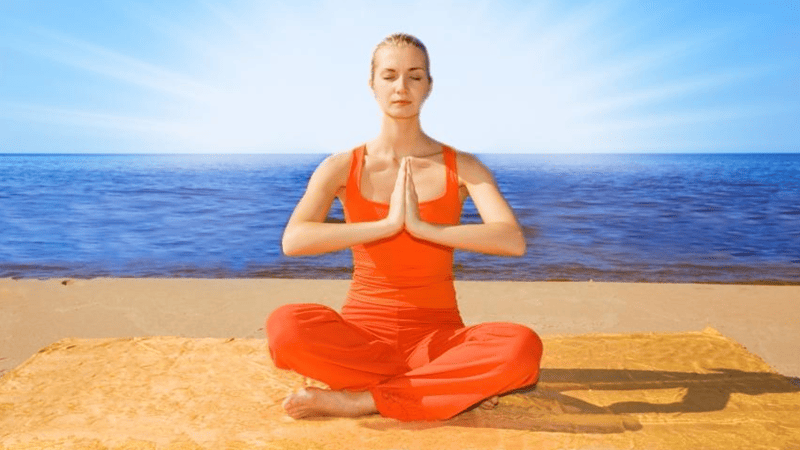
Has Yoga lost Its Heart?
Explore how the nature of yoga has changed over the years - By Florence Christensen
Reading time: 3 minutes
It is not hard to acknowledge that yoga, as a physical and mental discipline, is pretty wonderful. Very few forms of movements offer such a thorough holistic approach through breath work, meditation, chanting, postures and relaxation.
But for all its benefits, the practice of yoga remains undeniably individual even when done within a group - unless you go to specifically-themed workshops or acroyoga classes where partner work is at the heart of the practice.
During a typical session, interactions with your fellow practitioners are null or extremely few; perhaps an unintentional “bumping” of your arm or leg with the person on the mat next to you in a busy class and an awkward “sorry”. Indeed the practice requires a certain degree of internalisation since we are endeavouring to keep external distractions at bay so we can dive into our inner depths.
This is sometimes why, to some, yoga can come across as a self-centred and, dare I say, narcissistic practice. My body, my mental health, my personal space, my growth, my personal development, my way. Self-study and self-exploration need to happen partly in solitude, yes, but also through dialogues. Self-study then becomes a stepping stone towards more understanding of others. It helps us find more common ground than division and separation, more kindness and less judgment, more truth and less deceits or lies.
While opportunities for interactions during a session itself are indeed few - among participants and between teachers and participants beyond assists -, I personally have the experience and the pleasure to catch up with « my » students and we tend to have a little chat before and/or after class. There is a sort of innate camaraderie that probably stems for the safe environment that yoga studios provide. These interactions are precious. For some yogis, it might be the only in-person interactions they have had all day and it helps them feel connected - myself included.
During and following the pandemic, online sessions have exploded right, left and centre. Anyone with a computer or a phone can join very easily and at a lower rate than in-studio classes. For some yoga teachers and studios, this was perhaps a long-awaited opportunity to expand their reach and also create passive income through the creation of online libraries with a wide range of recorded classes.
But could it be that all this online offering has backfired?
Technology and the individual nature of the yoga practice has made the need of being in a specific physical space obsolete. We have also become Time Masters with all the flexibility in the world to practice at any time of day or night, with recorded or live material thanks to teachers and studios offering classes in every time zone. But somehow could it be that yoga is losing its heart by making itself accessible as it is, 24/7?
With more offerings and supplies comes an incredible amount of options which at first sight, may seem to be a positive aspect but the cost is also as follow: it implies more fragmentation. I would even venture to say that as a result of a plethora of online classes, the perception of the value of yoga has shifted. Put your cheaper yoga item in the basket, click and « do » the session, close your device and move on. No interaction, no familiar faces, no little chat before or after class, no or little sense of community, generic as opposed to more personal cues, no assists. To me, it evokes quite a bare landscape and while I understand how convenient online classes can be, something inevitably gets lost along the way. Something goes missing.
Perhaps it is my being old school - I am in my mid-40s after all - but perhaps, perhaps it is time to wonder if this has all gone a little too far. Yoga has always been about union not fragmentation. So perhaps it is time for yoga to go and find its heart again. Perhaps it is time to remove ourselves from behind the screen and go and experience being in the presence of teachers and fellow practitioners. Because without each other, really, what are we…?





